Sisters author on trail of a martial arts legend
Last updated 8/8/2023 at 11:04am
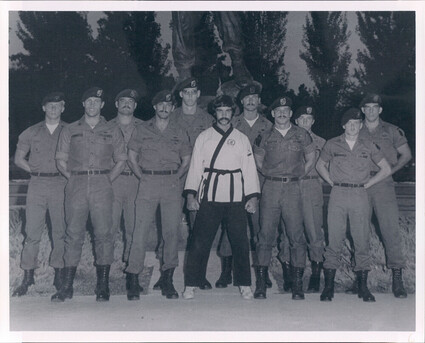
Photos courtesy author collection
Mike Echanis would effect an amazing recovery from his wounds and in 1975 would become the senior civilian instructor at Fort Bragg, North Carolina, for the Army's Special Forces. In 1977, he would be retained by Commander Richard "Rogue Warrior" Marcinko to train SEAL Team 2 in close quarters combat and special weapons and tactics at Little Creek, Virginia.
For decades, Sisters author Greg Walker has been on a quest to track down the story of a martial arts and U.S. special operations icon.
Mike Echanis (1950-1978), gravely wounded in Vietnam, rehabilitated himself through a massive effort of will, became a master of multiple martial arts, and in the mid-1970s trained America's elite warriors in hand-to-hand combatives, including DELTA Force and SEAL Team 2. He was killed while working as a CIA operative in Nicaragua in September 1978.
Walker, who lives in Sisters, is a retired Special Forces (Green Beret) veteran. He is the author of seventeen fiction and nonfiction books, including "At the Hurricane's Eye: U.S. Special Operations Forces from Vietnam to Desert Storm." Walker was the co-author of "Teammates: SEALs at War," the memoir of the late Sisters resident Barry Enoch, who was one of the most decorated SEALs of the Vietnam War, and "Violence of Action," one of Navy SEAL Commander Richard Marcinko's "Rogue Warrior" series.
Walker is currently in the final stages of compiling what is expected to be the definitive family authorized biography of fellow Oregonian Michael Echanis.
"I've known about him since 1977 and started writing about him in 1981," Walker told The Nugget. "The book effort (started) 15 years (ago)."
Echanis' presence loomed over Walker's military service, though the two men never met. When Walker was serving in a U.S. Army reconnaissance company, Tom Downing from the 9th Infantry Divison's Recondo School cadre spent a week teaching hand-to-hand combatives to Walker and his soldiers.
"He had been trained by Echanis at Fort Bragg," Walker said.
Walker recalls he was struck not only by the techniques imparted by the training, but also by the spirit of pushing beyond one's perceived limits. He would learn while attending the Special Forces Qualification Course in 1980 that this was the core of Echanis' training philosophy.
Walker read all three of the books Echanis wrote about the Korean art of Hwa Rang Do.
"Echanis was really entwined in the Special Forces community at that time," Walker said. "I was learning skills and thought process from people I admired who had learned from Mike."
Wounded Warrior
Echanis grew up in Ontario, Oregon, in a Basque family and in a community that prized "Duty – Honor – Country."
"He'd grown up in that environment," Walker said. "Ontario at that time was - still is - a very pro-military community and the Echanis family possessed a long history of military service."
Echanis skipped his high school graduation and enlisted in the army on May 12, 1969. He attended
Airborne Training at Fort Benning, Georgia and the first two phases of Special Force qualification at Fort Bragg. By 1970, Special Forces was slowly being withdrawn from Vietnam. Echanis was informed that he would not be sent to Vietnam after graduation but to Okinawa. Echanis, whose cousin Major Joseph Ignacio Echanis, an Air Force aviator, had been shot down in 1969 over Laos was being carried as Missing in Action, was determined to serve in Vietnam.
Just two months into his tour in Vietnam, Echanis was caught in a firefight that would leave him gravely wounded and earn him a Bronze Star for Valor.
Echanis was serving with Charlie Company (Ranger), 75th Infantry when a truck he was riding in ran into a company of North Vietnamese Army regulars. In the ensuing firefight, Echanis was struck four times by AK-47 fire. His actions saved the six others riding in the truck with him.
The young man after a year in three Army hospitals was rated 100 percent disabled and told by the VA he was a cripple for the rest of his life.
"He should never have been heard of again," Walker reflected.
Echanis returned to Ontario, where he lived in the basement of his parents' home. He fell into depression. But the warrior spirit still lived in him and, with the support of his family and a childhood friend and fellow warrior named Chuck Sanders, he resolved to rehabilitate himself. He improvised a way to brace his foot so he could walk and practiced by hitching himself around the pool table in his basement room. With a regimen of weight training, nutrition, and steroids, he regained weight and muscle.
"Basically, he committed himself to recover, rehabilitate, and thrive," Walker said.
That is the part of the story that most captivates the Sisters writer. Walker spent the last years of his working life in programs that aid wounded warriors from the Special Operations community - injured in body and spirit during the wars in Iraq and Afghanistan. He saw in Echanis' self-directed recovery a primal example of the protocols that were helping the men and women he worked with restore their lives years later.
"Mike Echanis was doing this from 1971 through mid-1975, and he did nothing else," Walker said. "He worked on his body; he worked on his mind. He did all these things at a time when such an approach was unheard of. Echanis was a pioneer in the wounded warrior care and treatment protocols that we have been doing since the Global War on Terror started to bring our special operations war fighters back online. As a wounded warrior myself, his story was inspiring."
World-class martial artist
During his rehabilitation, Mike Echanis rediscovered the martial arts that he had enjoyed in his youth - and he pursued mastery with relentless, single-minded determination.
"There was no stopping him," Walker said.
Echanis trained in a variety of disciplines, but he was not interested in dojo techniques - he cared only about effective, real-world hand-to-hand combat.
"He only wanted what worked," Walker said.
By 1975, he was, as Walker describes him, "a holy terror on the marital arts circuit."
Charismatic and "incredibly likeable," Echanis swiftly made connections in the special operations community, and began to train the top-tier operators of the day - including the recently formed DELTA Force. He became the martial arts editor for Soldier of Fortune Magazine, was featured frequently in Black Belt Magazine, and taught his combatives program to a young Chuck and Aaron Norris.
He taught devastating combatives techniques, but, more importantly, he trained men in methods to control their own minds under tremendous stress and how to overcome the negative workings of the psyche that can defeat a fighter as surely as an opponent can.
In an online treatise on Echanis, Walker cited a letter written in 1977 by Special Forces Major Juan A. Montez: "Mr. Echanis' totally comprehensive approach to the development of soldiers, physically, mentally, and his focus upon the fighting spirit of men, gives us an approach to hand-to-hand combat well exceeding the usual physical programs developed today."
Death in Nicaragua
Echanis would go back into the field in 1977, as an insurgency was heating up in Nicaragua. The Communist Sandinista movement sought to oust the government of Anastasio Somoza through violent revolution. Walker has teased out documentation for Echanis' activities in a dangerous clandestine world that will be included in the forthcoming book.
Echanis had a dual role in the Central American nation - he trained commandos for an elite counter-terrorism unit which he commanded, and he helped to develop an intelligence cell directly on behalf of Somoza and at the behest of the CIA.
"The whole point was to conduct aggressive counter-intelligence operations against the Sandinistas," Walker said.
His work would have a long echo. When Somoza fell in 1979, the commandos Echanis trained became the nucleus of the Contras, counterrevolutionaries supported by clandestine operations in the United States in what Walker describes as "an infamous chapter in American imperialism, if you will, in Central America."
Echanis was killed on September 8, 1978, when a bomb went off in an aircraft in which he was a passenger, along with his old friend and fellow warrior Chuck Sanders, former South Vietnamese Army officer Bobby Nguyen, and Nicaraguan National Guard Chief of Operations General Ivan Alegrett. After years of research and interviews Walker has discovered who ordered the assassination of Alegrett, the Americans onboard considered collateral damage.
A Legacy
Walker has traveled across the United States following the trail of Mike Echanis. He became close with Echanis' late mother, Pat, who was leery of anyone she thought might be trying to exploit her son's life, legend, and legacy. She came to trust Walker. For him, recounting the true and accurate story of Mike Echanis became a commitment to her.
"Pat and I became close friends," Walker said. "Not long before she passed I promised her I would write her son's story, truthfully and accurately. She was fiercely protective of Mike. He was her first child and son."
Walker has since been successful in seeing Echanis inducted into the Black Belt Hall of Fame and the Special Forces Association. He was also granted posthumous ranking as a 5th Degree Black Belt in Chuck Norris' organization on July 8th in Las Vegas during the annual Norris World Championships.
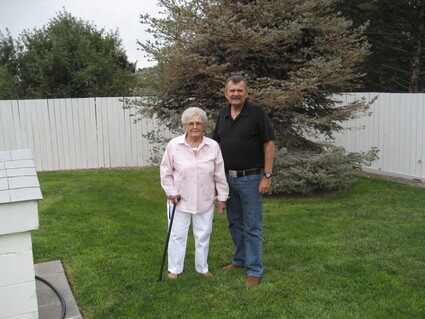
Photos courtesy author collection
Author Greg Walker became close over a period of years with Mike Echanis' mother Pat Echanis, who lived in Ontario , Oregon. She has since passed, and Walker considers completing a complete and truthful account of the life of her son as a commitment, a promise made to her.
"The Norris brothers agreed this acknowledgement of Mike's contributions to the Norris system of karate was long overdue," said Walker. "This is the only time Chuck Norris has bestowed a posthumous rank in the history of the United Fighting Arts Association."
The Sisters man believes that Echanis' story has intrinsic value. Although deceased for 45 years, members of the U.S. special operations and marital arts community still talk about him today.
"There are so many people who were influenced by Echanis that even now he commands attention," Walker said.
And there is inspiration to be taken from the story of a man who - dealt a literally crippling blow while serving his country - willed himself back into the fight and who, in the words of the British poet Rudyard Kipling, was able to "fill the unforgiving minute with 60 seconds of distance run."
The takeaway, for Walker, is clear: "Be like Mike. Don't quit. Don't give up. Give it everything you've got - right here, right now."


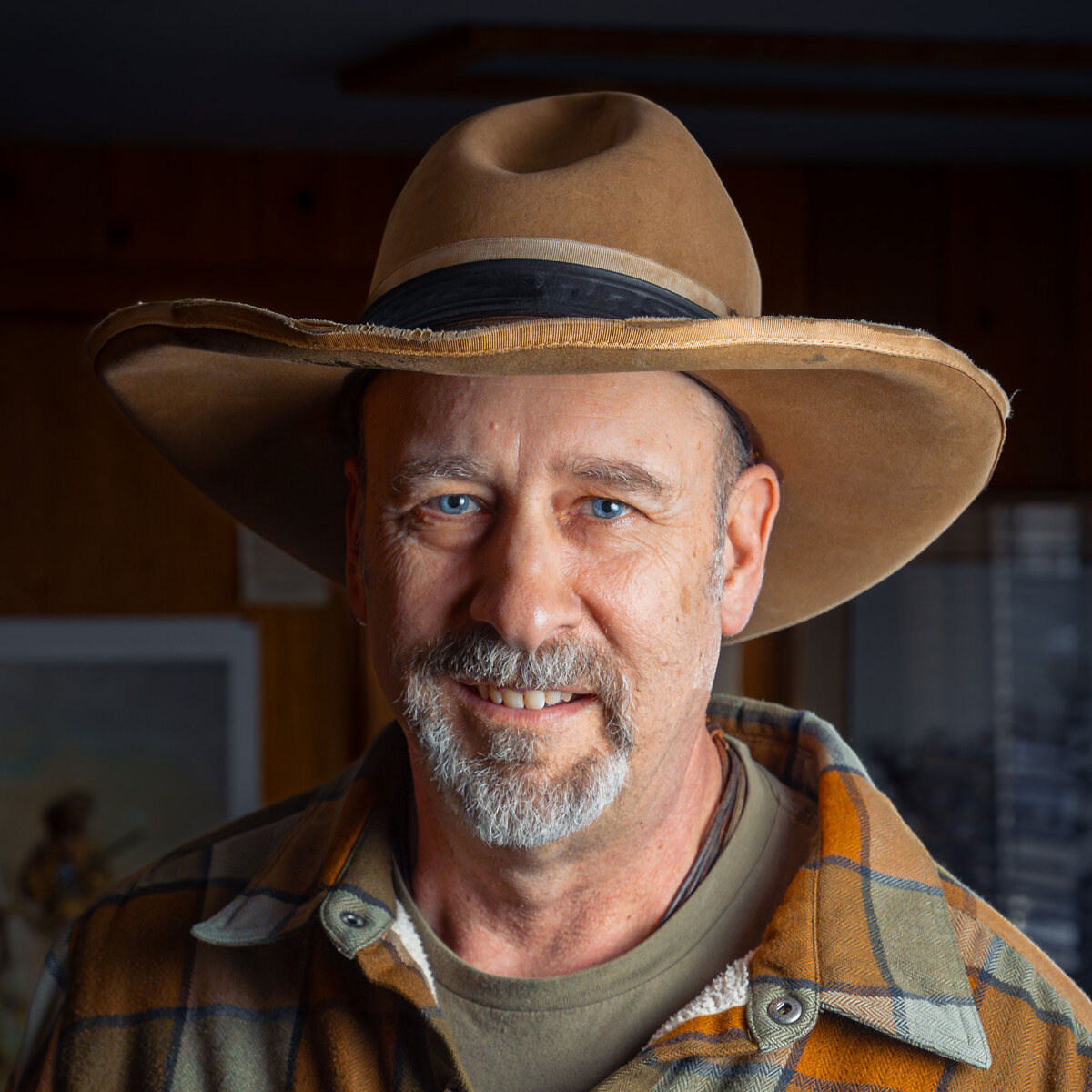
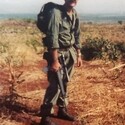
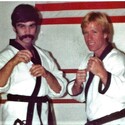
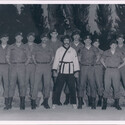
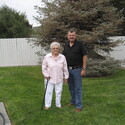















Reader Comments(0)